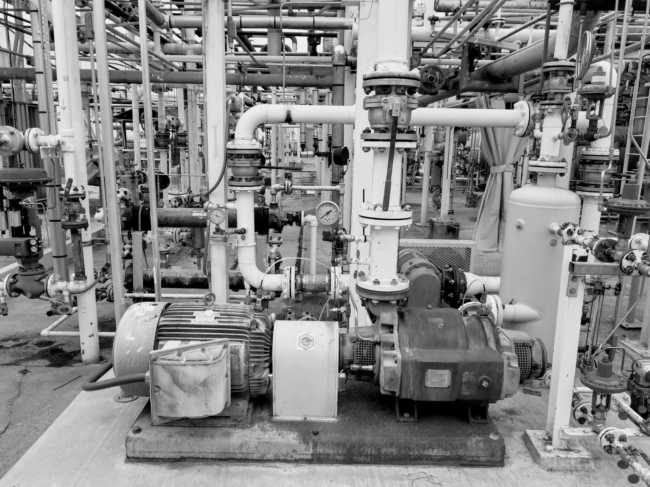Refinery of the Future type of projects: benefits and opportunities
This month two members of IIoT World have been invited by HPE to visit their IoT Innovation Lab in Houston and two separate sites where IIoT implementation is already a reality, leveraging the benefits of the intelligent edge.
A couple of years ago, Texmark has undertaken a three-phase IIoT journey, combining HPE and Aruba solutions with services from HPE Pointnext and HPE partners to create an industry-leading Refinery of the Future.
Together with my partner, Lucian Fogoros, had the chance to visit Texmark Chemicals, Inc., a petrochemical processing and manufacturing company that provides custom contract manufacturing (tolling) of specialty and high-volume chemicals to many of the world’s leading chemical companies. Only with 53 employees, Texmark is the #1 merchant producer of DCPD in North America, a polymer precursor used to make everything from inks to bathtubs.
Benefits that IIoT might bring in the Refinery of the Future type of projects
According to HPE, the main player in the IIoT deployment in this project, Texmark’s new IIoT solution would help make its workers safer. For examples, the solution monitors fluid levels and therefore reduces the risk of spills. It can alert Texmark immediately if a system starts to malfunction, enabling the company to respond before workers or production are endangered. In the event of an emergency, it can help protect workers by ensuring Texmark knows their precise location and movements within the facility.
Improve the company’s bottom line. Texmark can use data from IIoT sensors to identify which systems require hands-on evaluations so that it can conduct physical inspections in a more focused and efficient manner.
The future IIoT solution makes it easier for the company to plan inspections and maintenance. To work on distillation columns, Texmark must often take systems off-line and erect costly scaffolding. Improved maintenance planning will reduce these associated costs by at least 50%.
Texmark can also leverage IIoT data gathered during research pilots to determine project feasibility, streamlining its business development timelines quickly. Read more here.
Main outcomes as a result of implementing IIoT solutions in the Refinery of the Future
We also asked Doug Smith, CEO, Texmark Chemicals, what are the most important three outcomes as a result of implementing IIoT solutions in the Refinery of the Future project and he specified that these are:
- Increased worker safety
- More efficient operations which mean better process analytics, increased uptime, uninterrupted productivity
- Safety and security inside the plant
For more details and examples, watch our short interview with Doug here.
Main concerns of adopting IIoT technologies in the Refinery of the Future
If companies such as Texmark could understand the opportunities inherent in adopting IoT technologies, their future surely looks bright, but there are at least three significant concerns:
- Cybersecurity as your plant will be exposed to vulnerabilities
- Significant costs – transfer of your data to the cloud can cost a lot of money
- ROI
At least some of these concerns were addressed or reduced in the Refinery of the Future project as the company decided to implement the edge computing solution. According to Tom Bradicich, Vice-president, and general manager, servers and IoT systems Hewlett Packard Enterprise, “edge computing lowers cost, reduces threats, avoid duplication” which can be translated into ROI in a sense. Dr. Bradicich explains what intelligent edge is and gives seven reasons why to compute at the edge. It can be accessed here.
The Texmark’s case study can be accessed here and here is Texmark’s video about how the organization worked with regulated hazardous materials and turned to HPE and Aruba to build a Refinery of the Future featuring Industrial Internet of Things capabilities for improved process analytics, uptime, customer satisfaction, and worker safety.
We’ve also visited the CenterPoint Energy, a company that has been in the energy delivery business for over 140 years and implemented IIoT solutions, resulting in a speedy recovery during and after times of crisis, like Hurricane Harvey, but about this in a future post focused on what we’ve experienced at CenterPoint Energy facility.
This article was written by Carolina Rudinschi, PhD, the co-founder of IIoT World.



